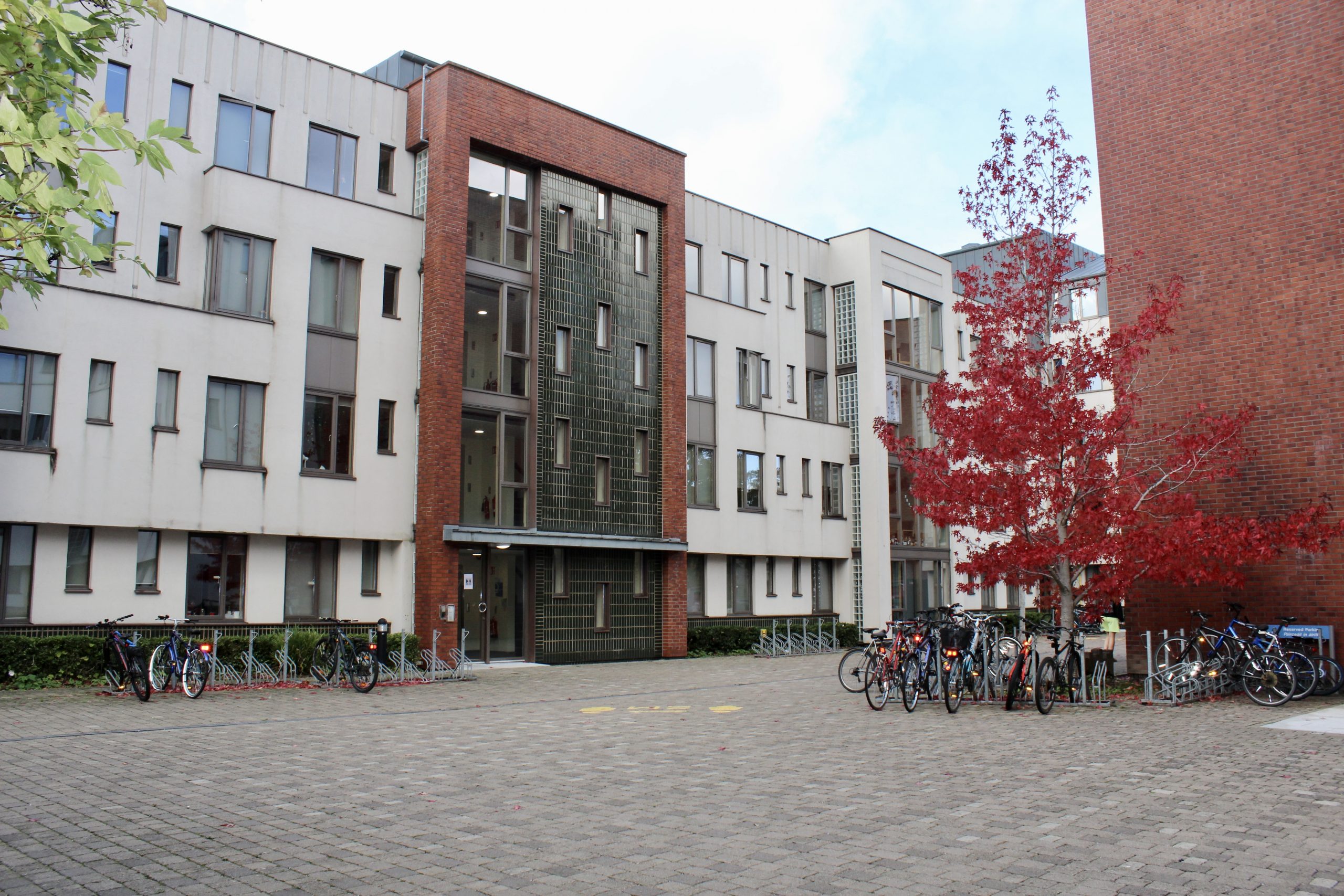An investment in student accommodation across the State, worth €434 million, was announced last month by Minister for Further and Higher Education Simon Harris and Minister for Housing Darragh O’Brien, thus enabling colleges and universities to ultimately provide in excess of 2,700 beds designated for students. As an arrangement between the European Investment Bank (EIB) and the Housing Financing Agency (HFA), this is the first initiative of its kind and will have “significant benefits for access to education, and crucially to the wider housing market”, according to Minister Harris.
The arrangement between the two parties at hand involves a 40-year, €200 million loan from the EIB, with the HFA more than matching this figure with €234, to be lent directly to Higher Education Institutions across the Irish State. This will result in both newly constructed and recently refurbished accommodation available to students in the near future.
Coupling housing and education together may seem, at first glance, like a dangerous game for a government under whom there have arguably been crises in both sectors. With a looming General Election set to take place in a year and a half from now, however, it is perhaps time for Government to recognise this fact: Student housing initiatives could act as a lifeline for the parties in power, as well as serving as a stepping stone for further maintaining popularity in the future. The marriage of education and housing, if successfully executed, is a clear investment in the future and youth of this country, an obvious energising of the national economy, and an eventual amelioration of the quality of life for citizens.
The decision to invest heavily in the student accommodation sector undoubtedly affects young people the most directly, and this may prove to be a targeted and effective manner in which to attract young voters towards the Government parties. While young people, at home and abroad, are significantly more politically left-leaning compared to previous generations, a successful model of student housing may prove to be fruitful for first-time voters.
This will be a tough ask, however, as young people are not naïve to the fact that whatever crisis or struggle experienced by either the housing or education systems in this country have their origins in either a Fianna Fáil or Fine Gael-led government. As well with the common belief now that these two parties share close to all their policies, young people are more likely to search for a solution, particularly in regards to housing, in Sinn Féin or another leftist party.
Young people, however, will not be the only demographic to benefit from these investments. The inclusion of parents/guardians paying rent on behalf of a child attending third-level education within the parameters of the Rent Tax Credit shows the Government’s understanding of many families’ economic situations, and the parents (who are statistically more likely to support the Government) may greatly appreciate an improved living situation for their child.
Any type of mass-building project conducted, at least in part, by the State is bound to have far-reaching economic benefits across the economy. The injection of capital and funding into the construction sector will of course greatly impact those directly involved, but it will also have impressive knock-on effects in terms of employment and productivity. There may be minor population boosts in student towns and cities, take Galway or Limerick as an example, as well as student neighbourhoods with notable student populations in larger cities, for example the Holylands in Belfast or Phibsborough and Rathmines in Dublin – and more plentiful student accommodation options will benefit the local economies of these areas.
Furthermore, and more concretely, funds coming directly to Higher Education Institutions in Ireland from the European Investment Bank is yet another example of EU institutions aiding to fund the economic, and therefore social, development of the State. This is yet another example of the government’s foreign policy achievement that they can, and should, tout.
Finally, and most holistically, is the amelioration of young people’s self-perceived status in the eyes of the government. In the aftermath of the COVID-19 pandemic, in which the government admitted that youth were those who had to sacrifice the most in society, many young people saw themselves as an afterthought of those in power. A government-supported student housing system could rapidly change this, not to mention quickly improve practically all needs on Maslow’s hierarchy.
While this model is all well and good hypothetically, it is clearly much more easily said than done. The government has consistently stalled and failed to reach its annual housing targets, oftentimes underspending on allocated budgets, and subsequently branding this as a form of fiscal responsibility. Moreover, the privatisation of these beds could result in rising rents and worsening conditions if companies prioritise profits over people – a real possibility when one keeps in mind Fine Gael’s steadfast loyalty to the private sector.
Perhaps not even a €434 million investment may significantly change the realm of student housing, and many call for a much more radical approach to housing – aggressive and constructive, in the vein of 1920s Viennese social housing, coupled with strict rent controls and renters’ rights. This is, however, very much a welcomed start to build on.






